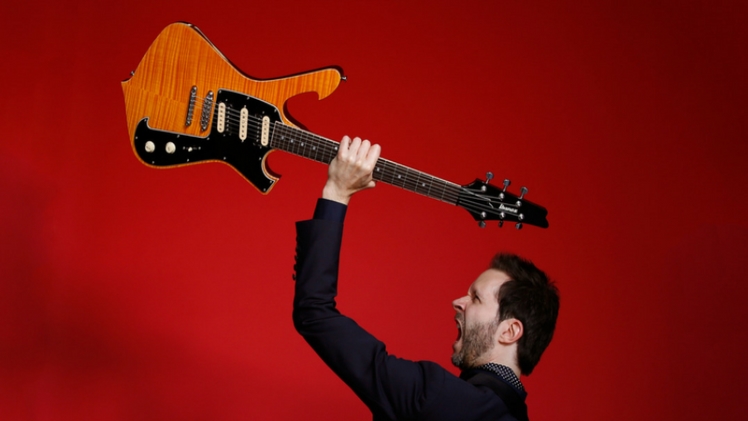If you ever wanted to learn how to play rock guitar, this article will guide you through the preliminary process and those things you need to know and get you set up for your next level of becoming a rock star. While this article will prepare you for success, as knowledge is power, you will like to avail yourself of the opportunity to get hands-on training at the Elevate Rock School children guitar classes.
Below are the 10 essential techniques that are sure to set you up for success in learning rock guitar.
1. Strumming accuracy
While learning guitar for the first time, important knowledge and technique you should get are how to correctly strum the guitar. It is easy for anyone to anyhow scratch across the guitar strings, but for an accurate guitarist, you should know how to strum the guitar without pre-thought.
2. Power chords
The power cord is a unique technique that can be interchanged with any other technique. No wonder successful rock-star guitarists use power chords in playing. For example, Jimmy Page and Jimi Hendrix.
The simplest form of power chord consists of the root and the fifth which are positioned two frets apart. The power cord is played with the first finger for the lower note and played with the third finger for the higher note.
Additionally, you can increase the root twice on the sixth and the fourth strings. Such as A power chord which includes an E string, a fifth fret, A strong, 7 frets, and a D string. In this type of power chord, you have your fourth finger buried under the third finger on the same fret to twice the root.
3. Bending strings
Another technique important to know is how to go about bending strings. You can do this by hovering your third finger, or other instances, your fourth finger, on the string you intend to bend. To bend it to the needed pitch, press it towards the upper direction using the remaining fretting finger, such that leverage is provided for the upward bend. While you are just starting this technique, start with 1⁄2 step bends, such that the bent note commensurates with true pitch.
4. Slides
The technique to know is slid. To do this, Choose a pitch to start with, a target note, then join them through a slide. Use your fingertip to ensure perpetual contact with the string while your finger slid across the frets. Make sure you practice sliding toward targeted notes of different intervals.
5. Hammer-Ons
There are two forms of hammer-ons; the first is the hammer-on that comes from an open string. This is where the open string is sounded and the string is hammered to the needed fret using a finger of the left hand to raise the pitch.
The second type of hammer-on is obtained from a fretted note. You will employ the same technique; however, only the fretting fingers 2, 3, or 4 can be used to complete the hammer-on.
6. Pull-Offs
Pull-offs make the reverse type of hammer-ons. This is evident when you strike a fretted note while the other finger is placed aback fretted notes and you pull the note’s currently fretting finger. This process shall produce a sound, I.e lower note.
7. Left-Hand Muting
This is an easily explainable technique, though very important. Left-hand muting is commonly used in the process of strumming chords to cancel the unneeded open strings in the chords.
In practice, hold the C major chord, and place your third finger, flattening the finger, on the fret.
A proper left-hand muting, there won’t be the low E string sounding because the tip of your third finger would have muted it.

